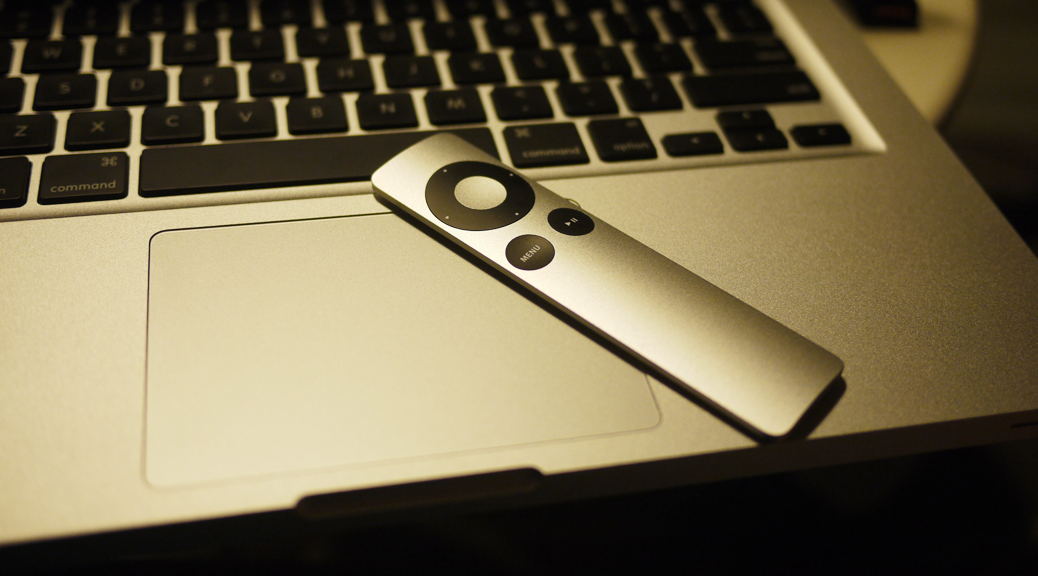If you have a MacBook with an infrared receiver, did you know your Mac could be open to other people controlling your computer? By default, Mac OS will recognize the signal of any Apple Remote. Although the effect is relatively harmless (they will probably be able to randomly play some tracks on iTunes), it can range from being annoying if you were studying in the library and your friend happened to prank you, to embarrassing if you happened to be doing a presentation. Most people do not need to allow any Apple Remote to control their computer. Why would you Continue Reading
computers
A real MacBook Pro
I bought my MacBook Pro back in 2009. It was a Mid-2009 (2nd generation) version with a Core 2 Duo with the basic 2GB of memory and 250GB hard disk drive. I chose Mac because of many reasons; here are some of them, ordered by what I thought most important first: Solid construction: The unibody construction was a huge factor. The size was quite slim and easily portable. The aluminum exterior felt solid. Since getting the laptop, I’ve only dropped it once. The hard drive died as a result (expected); was not a big deal to replace it. Battery Life: Continue Reading
